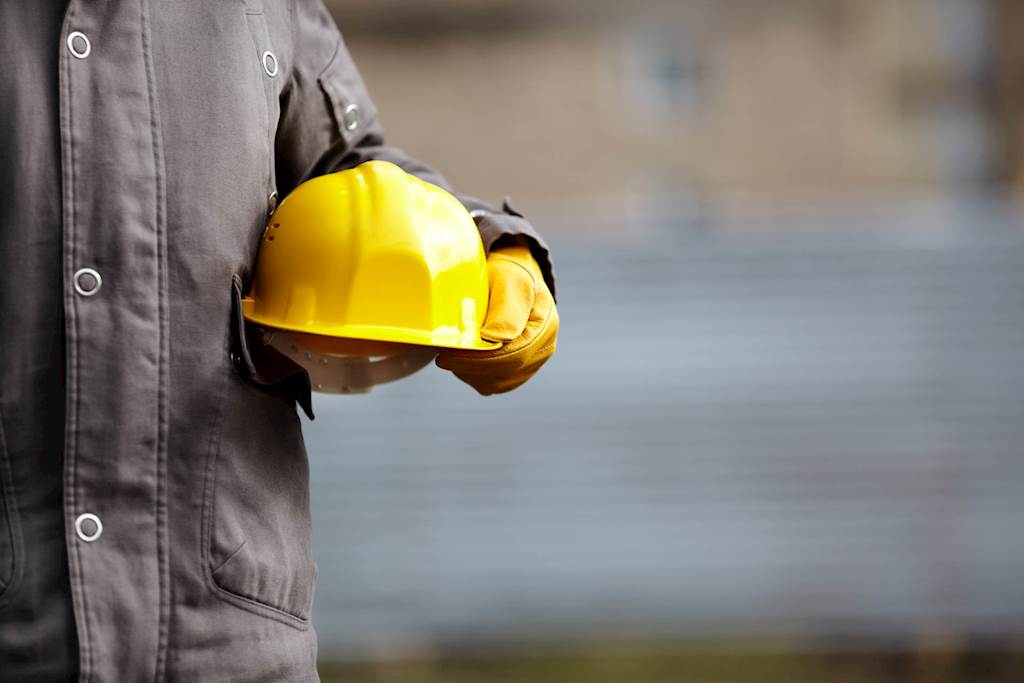Health and safety in the workplace is a term most of us are familiar with, but what does it actually mean? The law dictates that employers must provide their staff with an environment that reaches a certain standard to ensure their employees aren't being put at undue risk.
But what does that mean for day-to-day management and what should you consider if you're looking for new premises?
Risk assessment
Occupational health and safety law means you need to identify what are the most hazardous risks that your employees may be exposed to. One of the easiest ways to do this is to run a risk assessment and ensure solutions are clearly written down as to the best way to prevent these situations from occurring. This could be; what the appropriate clothes to wear are, how to access the building, or how to act during working hours. It's also a good idea to address what happens if something does happen. You may need to call the emergency services but you'll also need to keep a record of the incident in an accident book or something similar.
A risk assessment isn't a strict legal obligation of the Department of Labor's Occupational and Safety act, unlike in the UK and the EU, but employers are required to examine workplace conditions to make sure they meet OSHA standards. Although it's not a specific requirement, it's a good idea to draw up a risk assessment document to outline the potential dangers employees face and how your environment meets the required standard.
These documents often form the basis of modern workplace health and safety practices and is a constructive place to start.
'Reasonably practicable'
Occupational health and safety law usually dictates that employers must reduce risks as far as 'reasonably practicable' or words to that effect. It means that businesses aren't expected to completely eliminate risks but do what is reasonable - in some cases just identifying the hazard is enough.
This may sound like a subjective term but it's actually fairly simple. For the most common workplace health and safety issues, the legislation will specify what is widely-regarded as necessary. Most workplaces are at risk of experiencing a fire so employers are usually expected to provide fire extinguishers and abide by fire safety rules.
However, if the required action isn't detailed, then consult industry-relevant bodies about what the recommended approach is to ensure you keep yourself - and those who work for you - protected.
Training and equipment
Aside from risk assessment, one of the core elements of workplace health and safety is to ensure that employees have the skills and knowledge they need to minimize the risk to themselves and others at work. This can involve training them in how to stay safe in your working environment, which is especially important if they need to operate any machinery for their job.
It also means providing a first aid kit and usually having at least one person who knows basic first aid. Companies often know they need to have insurance but it's important to check that your policy covers everyone working from your premises, which may include part-time workers and contractors depending on your industry. Even office-based employees are surrounded by many potential hazards, such as electrical equipment and tripping or falling.
If you work in an environment where hazards are present every day, you should make sure there are clear signs and labels to notify your employees. It's also a good way to minimize the risk to any visitors you have coming to your premises. Companies will need to have information that every employee can read and understand, which may require training or having signs in different languages or braille.
Don't discriminate
Employees should be able to make a claim against you for poor health and safety without any repercussions. Like many modern workplace standards, the OSH Act prevents companies from discriminating against employees who exercise their rights under the law. Whether the individual has filed a complaint, communicated with an inspector, asked to see injury records, or actually reported an issue themselves, employers cannot retaliate.
Companies could face further legal action if they are found to have treated a member of staff unfairly because they have brought into question the standard of the working conditions they are exposed to.
Access the latest business knowledge in HR
Get Access



Comments
Join the conversation...